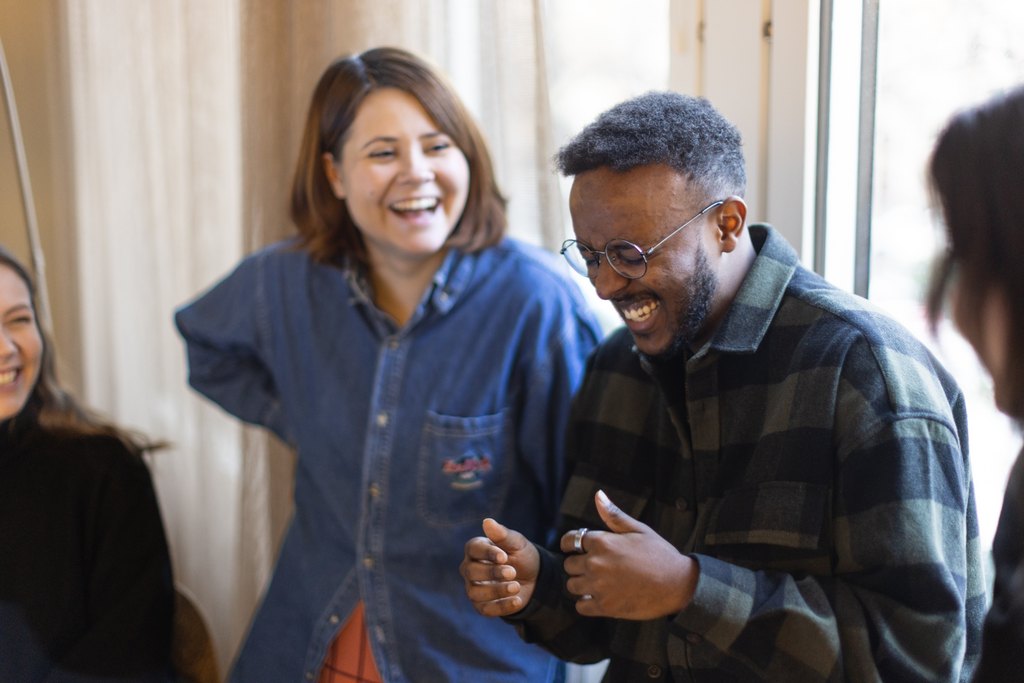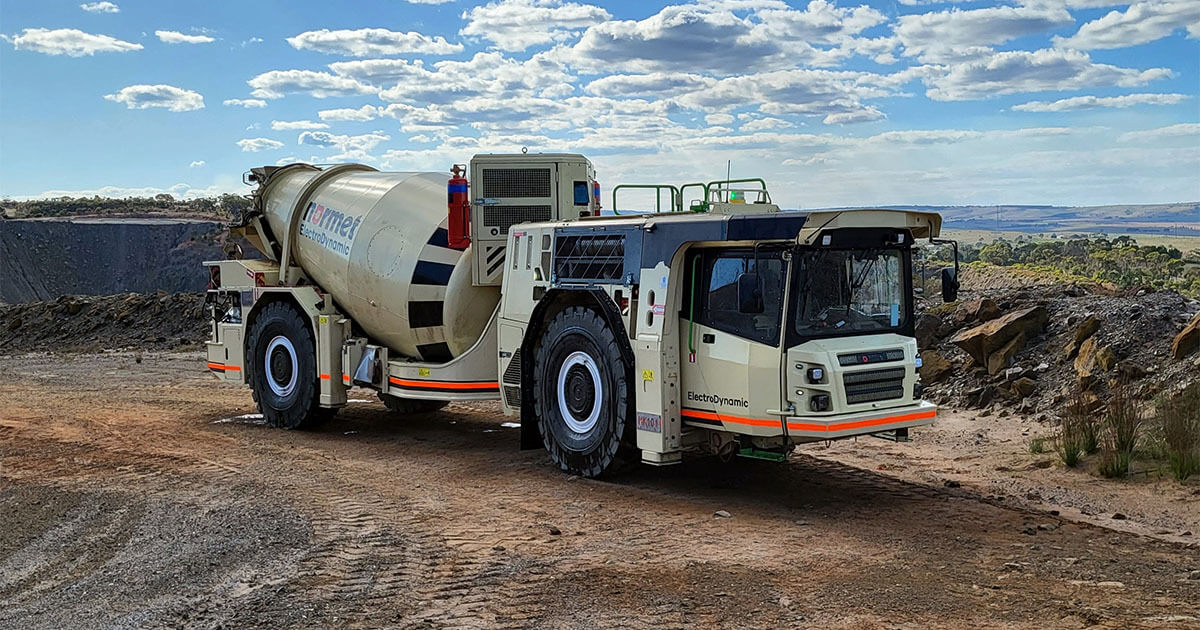The process of scaling agility can bring significant changes in the entire organization. At its essence, portfolio management is all about making informed choices based on knowledge and understanding. Agile portfolio management calls for an entirely new kind of working culture in which the commitment of all stakeholders is essential. It incorporates agile principles into the planning of larger and more complex development initiatives.
Agile portfolio management is especially crucial when planning initiatives that require significant inputs from several development teams. The portfolio is designed for continuous flow, aiming to generate value faster and in smaller batches (Minimum Viable Product, MVP). During development stages, companies often tend to experience a silo effect — teams have their own goals and may not be working towards achieving the overall strategic objectives. While the top management sets strategic goals and communicates them to the organization, the goals don’t often reach the daily operations of development teams. As operations expand, managing the whole system can become a considerable challenge.
Elisa set out to solve this particular challenge together with Qentinel Finland, company part of Gofore Group. The two companies had previously focused on test automation and improving the value creation of the development teams. Agile portfolio management, however, involved different business units for the first time, creating a unique situation.



